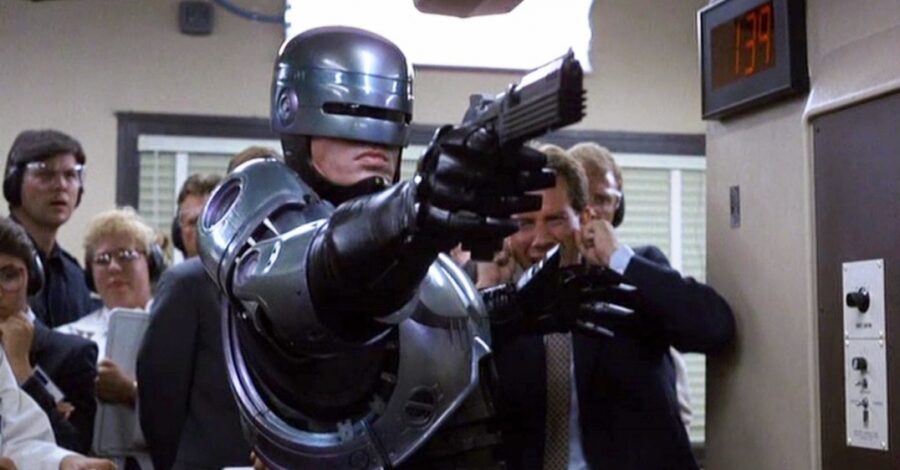New York City Deploys Robocop To Patrol Subways
New York City has always been a bustling metropolis where innovation and technology meet urban living. However, in a move that blends science fiction with reality, Mayor Eric Adams unveiled a new addition to the city’s public safety efforts – the K5 surveillance robot. Developed by Silicon Valley-based venture Knightscope, this police robot is poised to change how locals view subway security.
Last week, Mayor Adams officially deployed the K5 police robot at the 42nd Street subway station in Times Square. Described as a fully autonomous outdoor security police robot, the 5’3 foot tall, armless K5 rolls at a top speed of three miles per hour. While it may not be your typical crime-fighting superhero, it represents a significant step forward in New York City’s efforts to enhance public safety.
“If the Mayor thinks there aren’t enough cameras in Times Square, then he’s more out of touch than I realized.”
-Albert Fox Cahn, executive director of the Surveillance Technology Oversight Project
Although the K5 police robot may not be capable of chasing down criminals, its presence alone is expected to deter unlawful activities. Its design, which is similar to the ominous Daleks from the Doctor Who series, is equipped with an array of surveillance cameras to continuously monitor the subway station while capturing images and data of commuters.
“Public safety and justice are the prerequisites to more prosperity, particularly in our subway system,” Adams said during a press conference via The New York Times. “When people feel unsafe to use our trains and buses, it impacts our economic stability as well,” he added about the groundbreaking, cutting-edge technology police robot.
While the K5 police robot may be a technological marvel, its deployment highlights the complexities of surveillance in modern society.
Leased from its manufacturer, Knightscope, the K5 police robot comes for $9 per hour. While it possesses facial recognition capabilities and listening devices, Mayor Adams says neither of these functions will be activated. However, police policy permits the use of images from the robot’s video recordings to be processed through the facial recognition system, similar to other surveillance footage.

The NYPD’s Chief of Transit has warned that any attempts to damage or vandalize the police robot will be captured on video and result in prosecution. Due to its controversial nature, the Legal Aid Society has requested an investigation by the Police Department’s inspector general into the department’s use of such technology.
The concerns accompanying introducing the K5 police robot are not unfounded. Privacy activists and advocates worry about the potential to misuse the vast amount of data collected by these machines. While K5 was created to monitor criminal behavior, the breadth and depth of surveillance raise concerns about civil liberties.
Mayor Adams’ previous support for Clearview AI, an AI-powered facial recognition app that garnered controversy for its data collection methods and potential for wrongful arrests, further intensifies these concerns. While the K5 police robot may be a technological marvel, its deployment highlights the complexities of surveillance in modern society.
New York City just unveiled the K5 police robot which will patrol Times Square’s subway station.
The police robot’s cameras add to the already extensive network of surveillance devices in and around Times Square, prompting Albert Fox Cahn, the executive director of the anti-surveillance nonprofit Surveillance Technology Oversight Project, to take a shot at the Mayor, “If the Mayor thinks there aren’t enough cameras in Times Square, then he’s more out of touch than I realized.”
The newly deployed K5 police robot will patrol the Times Square subway station overnight. During the initial two weeks, the robot will map the station and be accompanied by a human officer from midnight to 6 am to introduce it to the public. Once the pilot phase concludes, the K5 will continue patrolling the station’s mezzanine level, serving as a mobile camera that passengers can use to request assistance.











